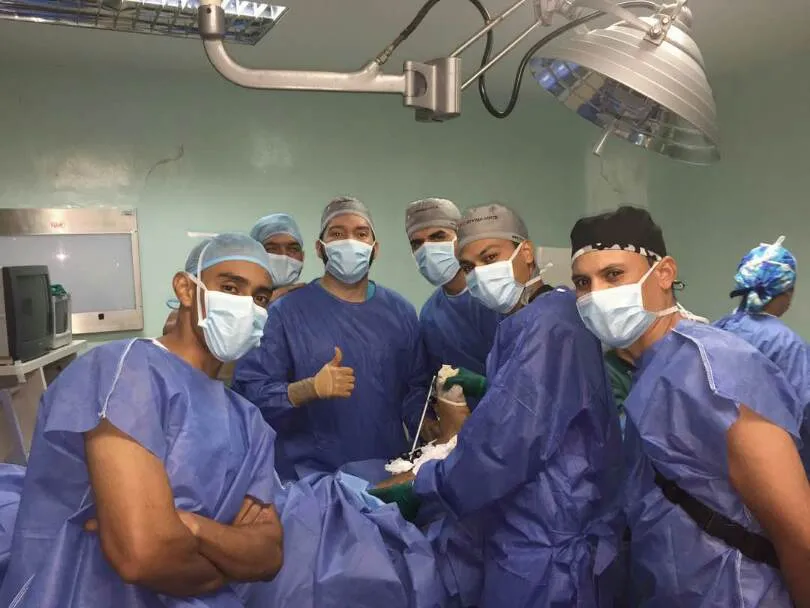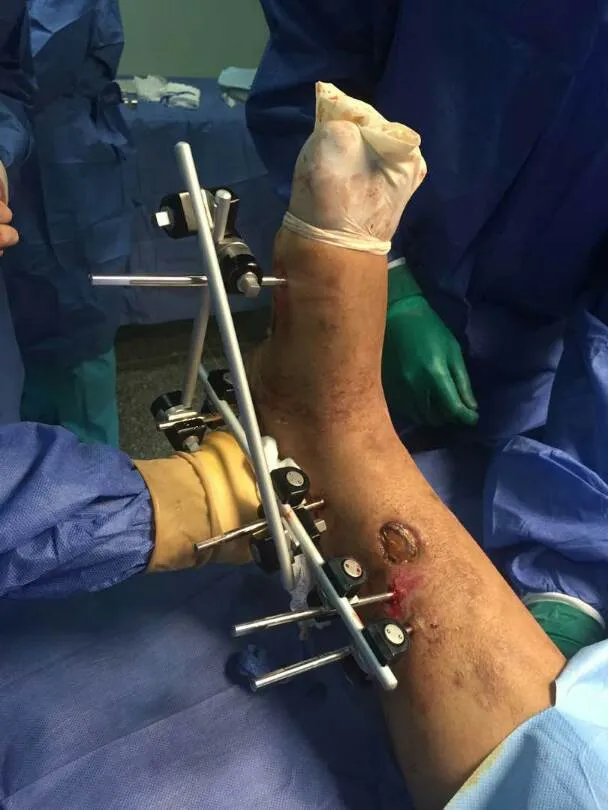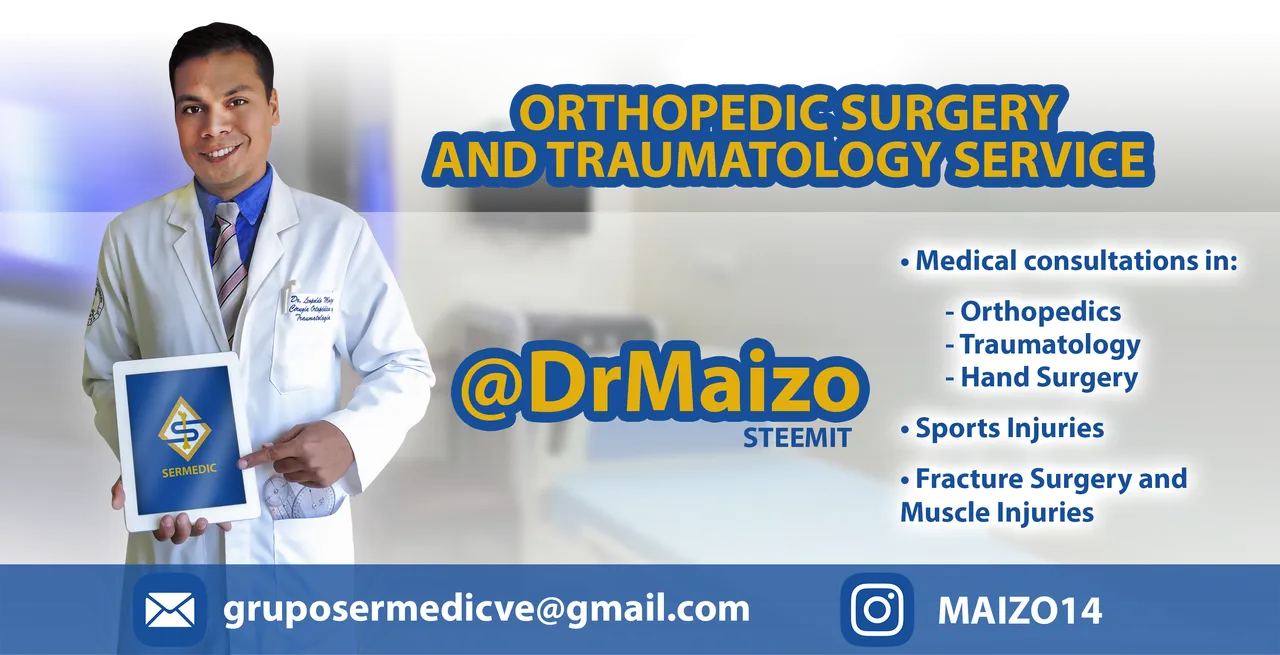
External Fixation
External fixation is a multipurpose treatment method; this is precisely where its versatility lies, and when the orthopaedic surgeon has it at hand and masters its principles and indications, he has the adequate tool to face situations that before its appearance could not be satisfactorily resolved.
This surgical technique has advanced significantly in all continents, becoming the perfect tool to treat temporarily or definitively various pathologies of the locomotor system of congenital aetiology or acquired thanks to its versatile character.


Principles
External fixation is a treatment method based on extrafocal handling of bone fragments. As such, its principles for the management of its surgical technique are:
Stability at a distance from the surgical or traumatic lesion. This is achieved by using the criteria of the lever arm that establishes: a) Anchor nails and/or transfictives should be placed at a distance proportional to the longitudinal extension of the fixed segment; for example, if an osteotomy is performed or a fracture is treated at the level of the middle third of the tibia, if the proximal frament measures 13 cm and a fixator with three transfictive nails or three anchor nails (Champ) is to be used, they should be placed at a distance of approximately 4 cm between one and the other.
Do not combine another method of fixation with that of external fixation with the exception of those used in the axis of the bone.
When choosing the fixation system to be used in each case, the concept of weight distribution must be handled.
Handle the principle of symmetry. The application of asymmetrical forces leads to to treatment failure.


Conclussions
The speed with which these external fixation possibilities are applied is what we call dosing. This dosage varies depending on the age of the patient. Generally speaking, the older the patient, the lower the speed. If a five-year-old child's femur is elongated and distracted at the rate of one millimeter per day, the distraction callus will surely consolidate in the process and another surgery will be necessary to osteotomize again.
Although hundreds of brands have been developed with the most varied types of materials, external fixation systems in the 21st century have not changed at all. with the last two decades of the last century. Today we see and use a variety of assemblies in aluminium, carbon fibres, plastics, graphite, etc; However, their possibilities remain the same: stability, compression, distraction and bone transport. They continue to have the same indications and relative and are based on the same principles. It is undeniable that nowadays we can have lighter and ergometric assemblies at hand.
Dr. Leopoldo Maizo - Orthopedic Surgeon


Firma diseñada por @themonkeyzuelans, contáctalos vía Discord "themonkeyzuelans#9087"
Great projects from the Steemit community:
- My Fundition campaign: https://fundition.io/#!/@drmaizo/6f88ggj8h



